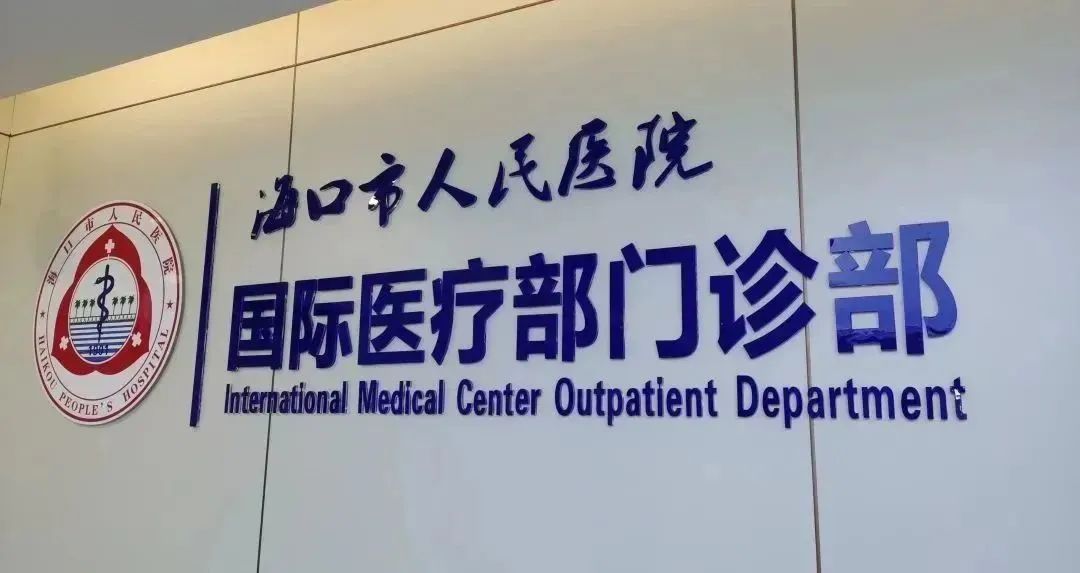China Releases Updated Flu Vaccination Guidelines for 2025–2026
As the autumn-winter flu season sets in, China’s CDC has issued updated flu vaccination guidelines to help the public stay ahead of the virus. The new Technical Guidelines for Influenza Vaccination (2025–2026) offer recommendations on who should get vaccinated, changes to this year’s vaccine, and advice for specific groups like pregnant women and people with allergies.
Annual Flu Vaccination Strongly Recommended
The guidelines reinforce that getting a flu shot every year remains the most effective and affordable way to prevent seasonal influenza. It’s recommended for everyone aged six months and older, unless they have specific medical conditions that make vaccination unsuitable.
Eight high-priority groups are especially encouraged to get vaccinated:
Adults aged 60 and above
Children between 6–59 months
People with chronic illnesses
Pregnant women
Family members and caregivers of infants under six months
Healthcare workers
Others at higher risk of complications
Vaccinating these groups early can reduce the risk of severe illness and help limit community transmission.
H3N2 Now the Dominant Flu Strain
China is currently in the middle of its flu season. Unlike previous years, where H1N1 was the most common strain, this season is dominated by influenza A(H3N2), now accounting for over 95% of reported cases across both northern and southern regions. Smaller numbers of A(H1N1) and B-type viruses are also circulating.
As a result, the H3N2 component in this year’s flu vaccine has been updated to better match the currently circulating strain.
Trivalent vs. Quadrivalent: What’s the Difference?
Seasonal flu vaccines come in two types:
Trivalent vaccines protect against three flu viruses: H1N1, H3N2, and one B-lineage strain.
Quadrivalent vaccines include a second B-lineage virus for broader coverage.
However, since March 2020, no natural cases of the B/Yamagata lineage have been detected globally. Based on this, the World Health Organization has advised that it’s no longer necessary to include B/Yamagata in current vaccines. This means that both trivalent and quadrivalent vaccines now offer similar protection in practice.
The guidelines recommend consulting a healthcare provider to choose the vaccine best suited to individual needs.
Updated Guidance for Pregnant Women
One of the most significant updates in this year’s guidelines involves vaccination during pregnancy. Previous versions listed pregnancy as a potential contraindication. Now, based on new evidence and revised product instructions, the updated guidelines support vaccination at any stage of pregnancy, provided the specific vaccine doesn’t list it as a restriction.
Egg Allergies No Longer a Major Barrier
Another important change: many flu vaccines now contain only minimal levels of egg-derived proteins. Some domestic vaccines have even removed egg allergy as a contraindication entirely. That said, individuals with a history of severe allergic reactions should still speak with a doctor before getting vaccinated.
When and Where to Get Vaccinated
According to health authorities, flu activity in China is currently at a moderate level, with southern provinces seeing higher case numbers than the north.
To ensure protection before flu activity peaks, the CDC advises people to get vaccinated before the local flu season intensifies. The vaccine typically takes 2 to 4 weeks to provide full immunity.
Vaccines are available at:
Community health service centers
Township health clinics
General hospitals
Most areas offer convenient local vaccination sites.
Additional Prevention Measures Still Matter
Along with vaccination, the guidelines emphasize the importance of personal hygiene and preventive habits during flu season:
- Wash hands frequently
- Keep indoor spaces clean and well-ventilated
- High-risk individuals should avoid crowded places when possible
- Wear a mask in congested indoor settings
These simple steps, combined with timely vaccination, can significantly reduce the risk of infection and help protect the broader community.
Related article: Haikou People’s Hospital International Clinic Medical Service Guide








